Kirkpatrick Bank is a privately owned bank serving Oklahoma, Colorado, and surrounding markets. Chartered in 1970, the bank was acquired by the family in 1988.

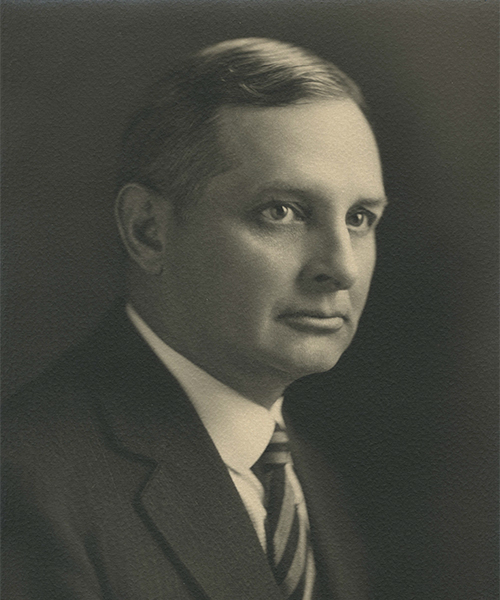
Mack Blake Owned and operated a multi-state wholesale dry goods company. He was a founding investor in Liberty National Bank formed in 1918 with offices near his Oklahoma City storefront. The U.S. Comptroller, recognizing his role as a business leader, appointed Blake president of the reorganized Security National Bank of Lawton. This bank merged with Liberty in 1925. In 1933, an estimated 4,000 banks failed with a loss of $140 billion in deposits. The Great Depression ushered in a decade of severe economic hardships. Blake mortgaged his home and invested his personal insurance policies to recapitalize Liberty Bank and avoid insolvency or forced sale.
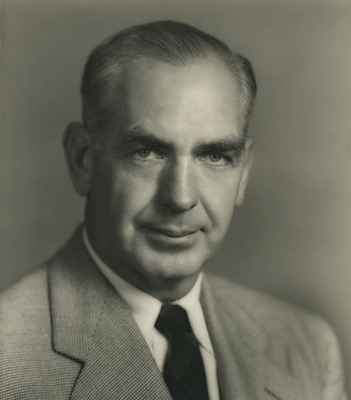
John Kirkpatrick U.S. Navy rear admiral, oilman, inventor, and philanthropist. After Mack Blake’s death, Kirkpatrick assumed control of his father-in-law’s role on the board of directors of Liberty National Bank. It flourished, becoming Oklahoma’s second-largest bank. Oil prices dropped in 1981 and the state’s economy suffered, starting a string of bank failures including Penn Square Bank in 1982. By 1988 only two of Oklahoma’s ten largest banks remained, including Liberty. Kirkpatrick devised the Oklahoma Plan to save the bank from forced sale. The Kirkpatrick family pledged $20 million to recapitalize the bank which ultimately led to its economic recovery.

Christian Keesee Businessman, art collector, chair of all Kirkpatrick enterprises and philanthropies, founder of Green Box Arts Festival. At age 13, Keesee took a summer job at May Avenue Bank and later the next year at United Oklahoma Bank. He continued working in various banking enterprises during the summer before starting college. While in college and just after his graduation, Keesee increased his role with the family’s charitable enterprises including the Oklahoma Art Center. In 1988, Keesee joined his family in ratifying the Oklahoma Plan to recapitalize Liberty, and the following year he oversaw the purchase of American Bancorp and became its chairman. Under his leadership the bank acquired other small banks in Oklahoma, Texas, and later Colorado. Ultimately, several of these banks were unified into Kirkpatrick Bank. The bank has grown steadily and profitably even through the dark days of 2009, when the country again saw record numbers of bank failures.
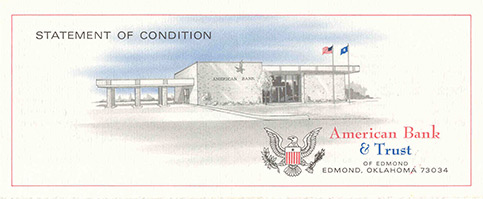
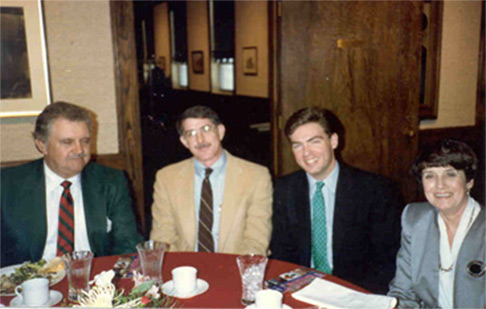
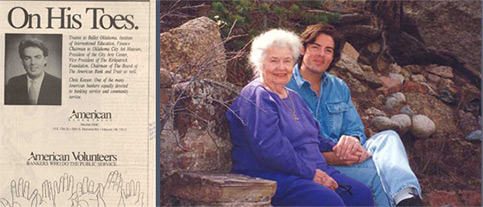

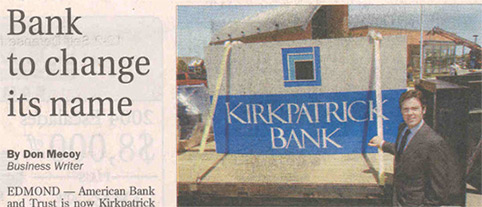

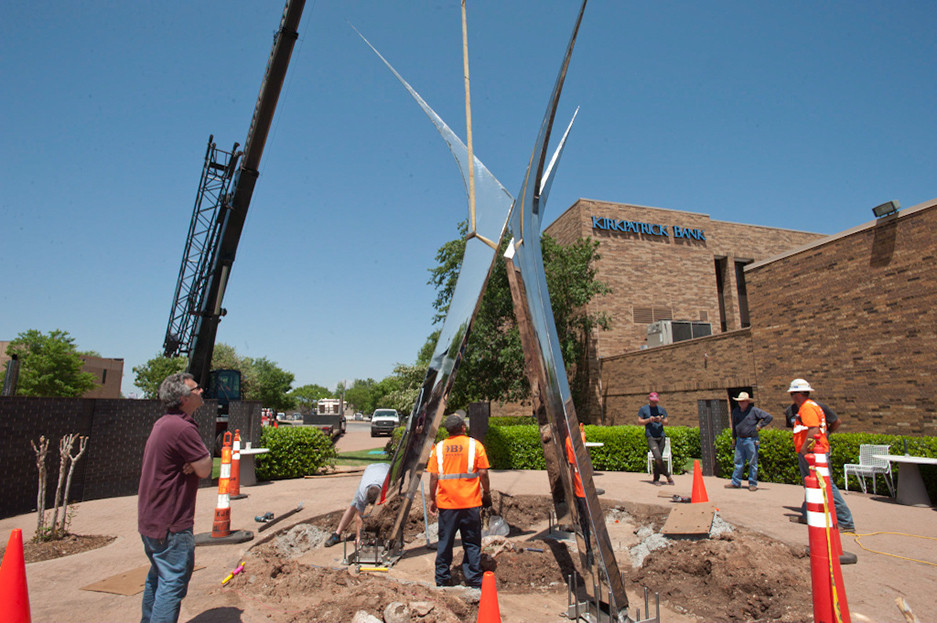

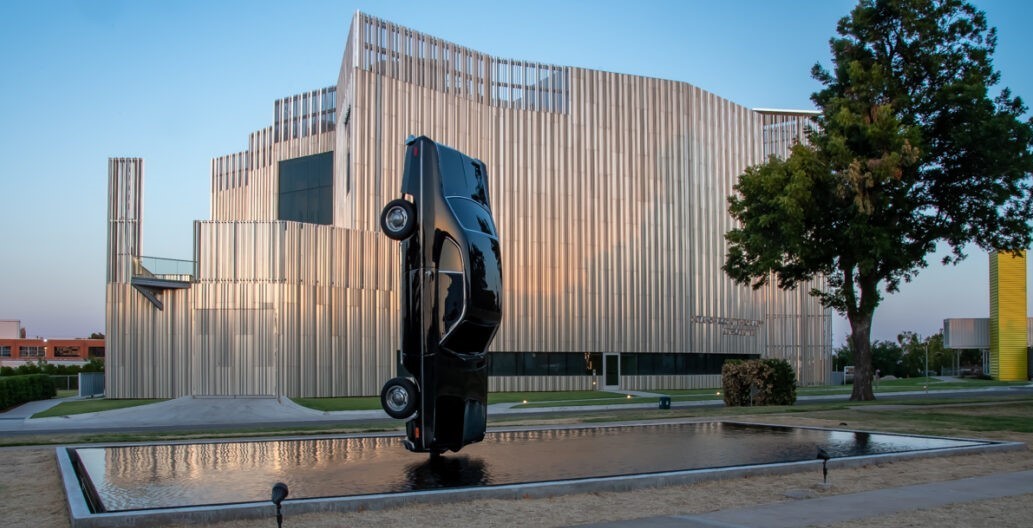
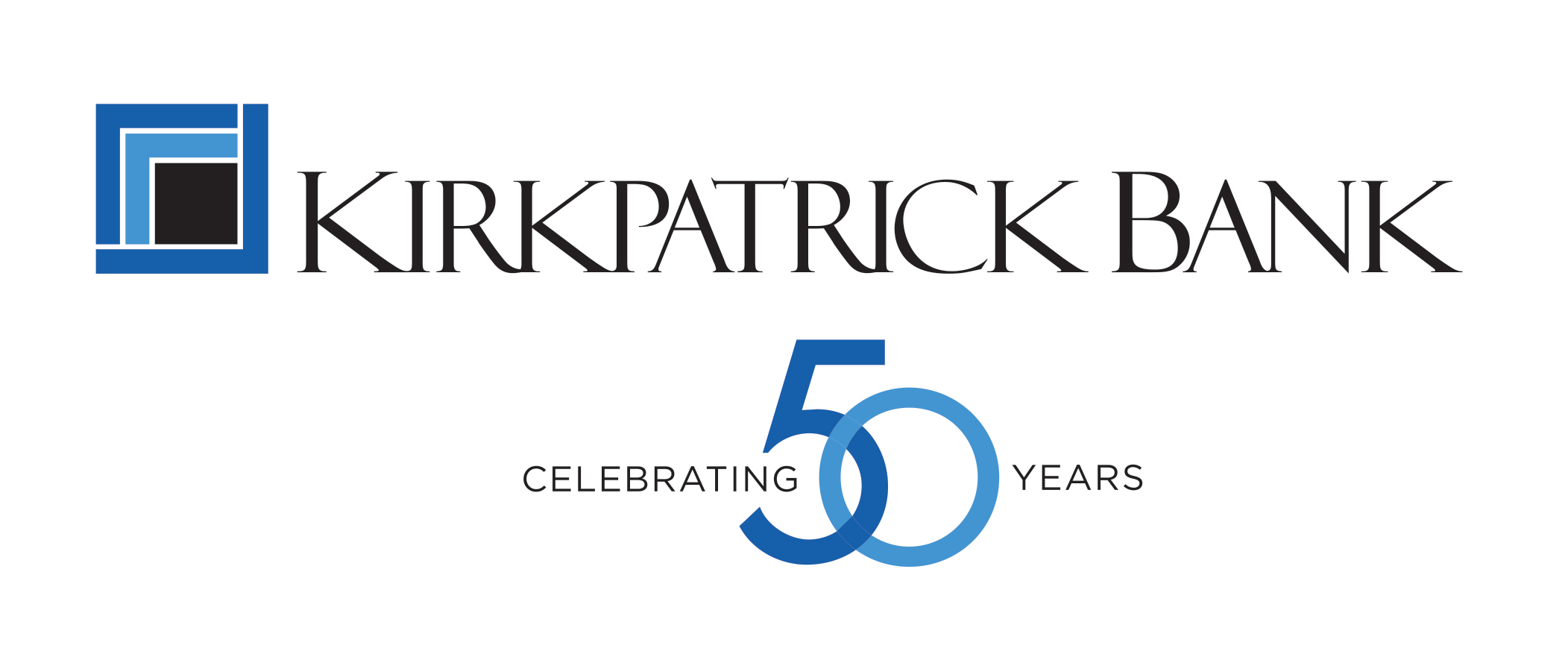
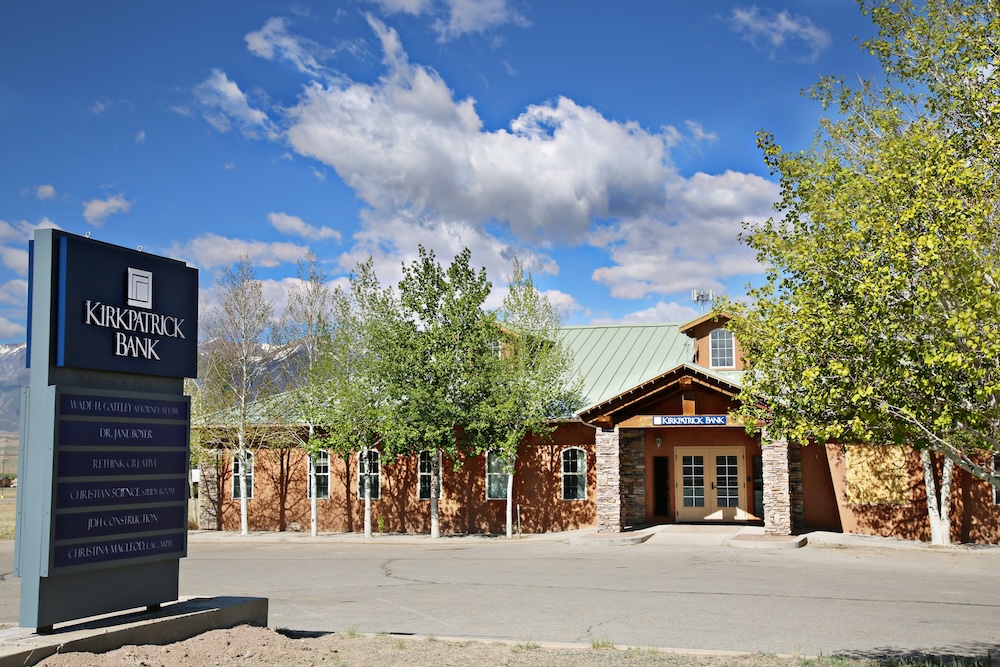
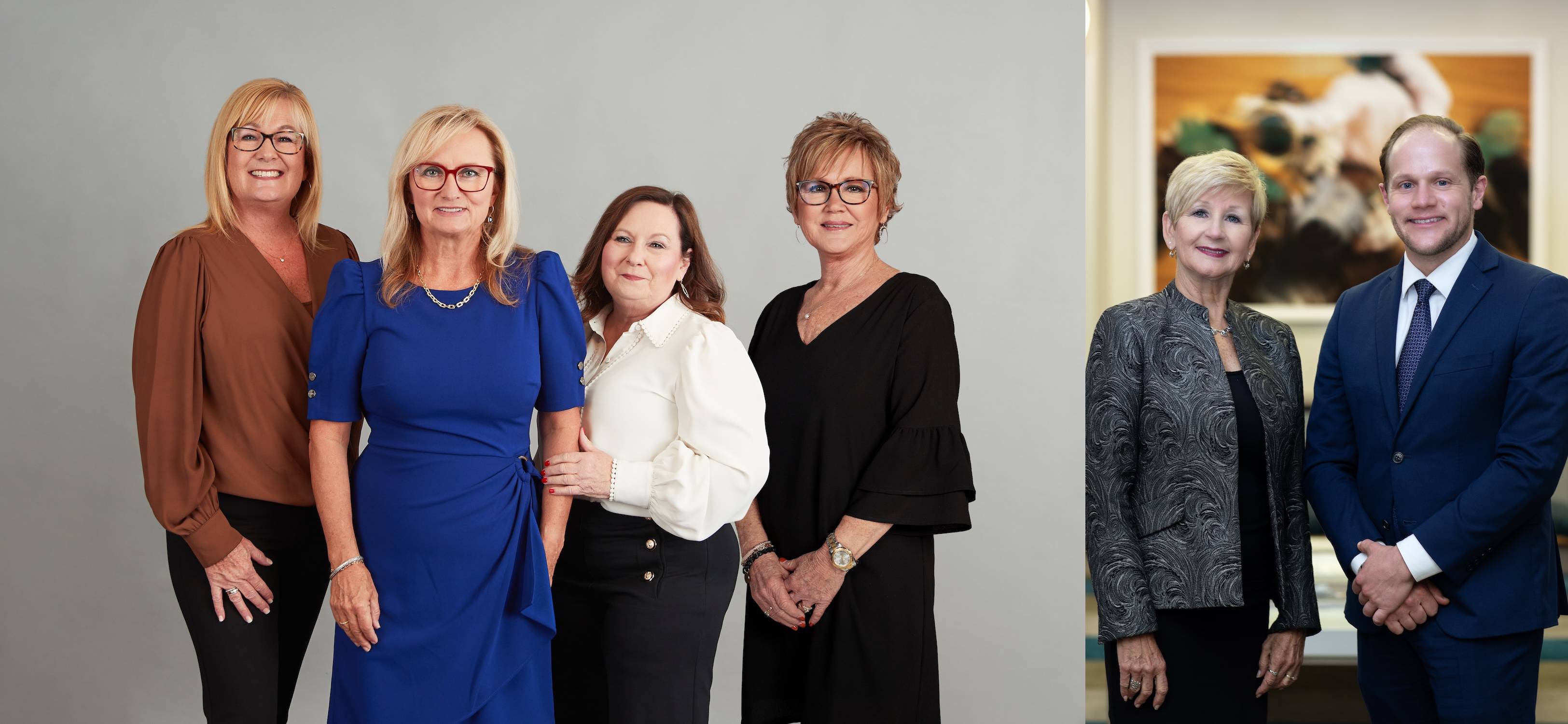
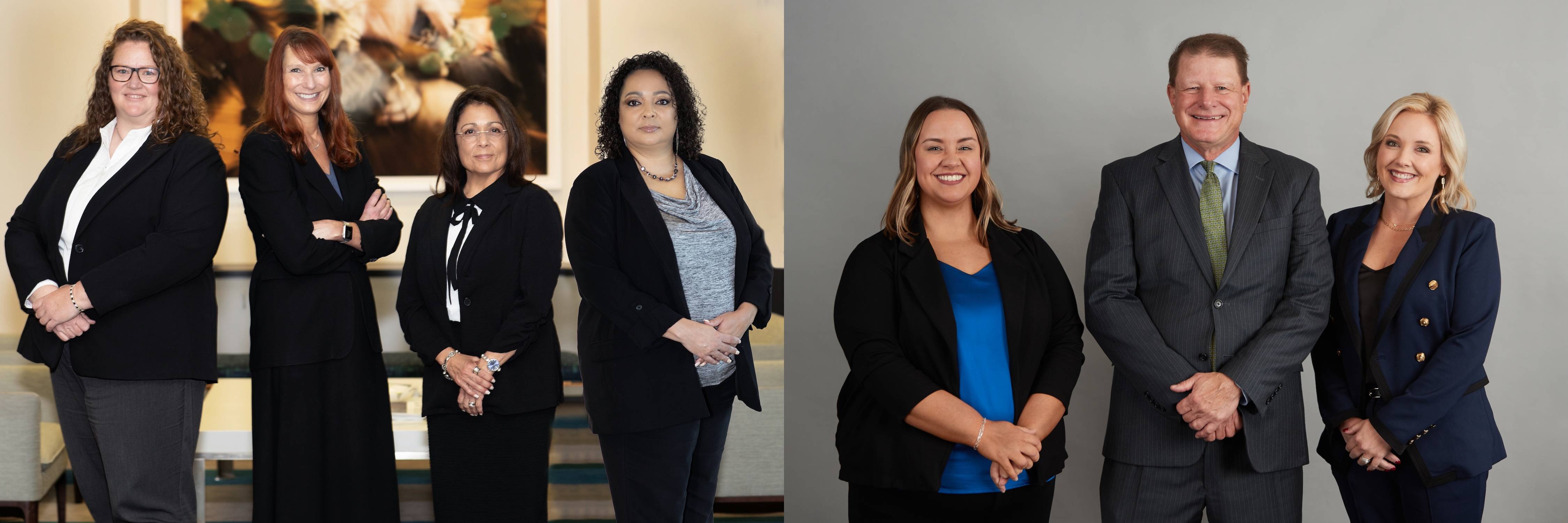
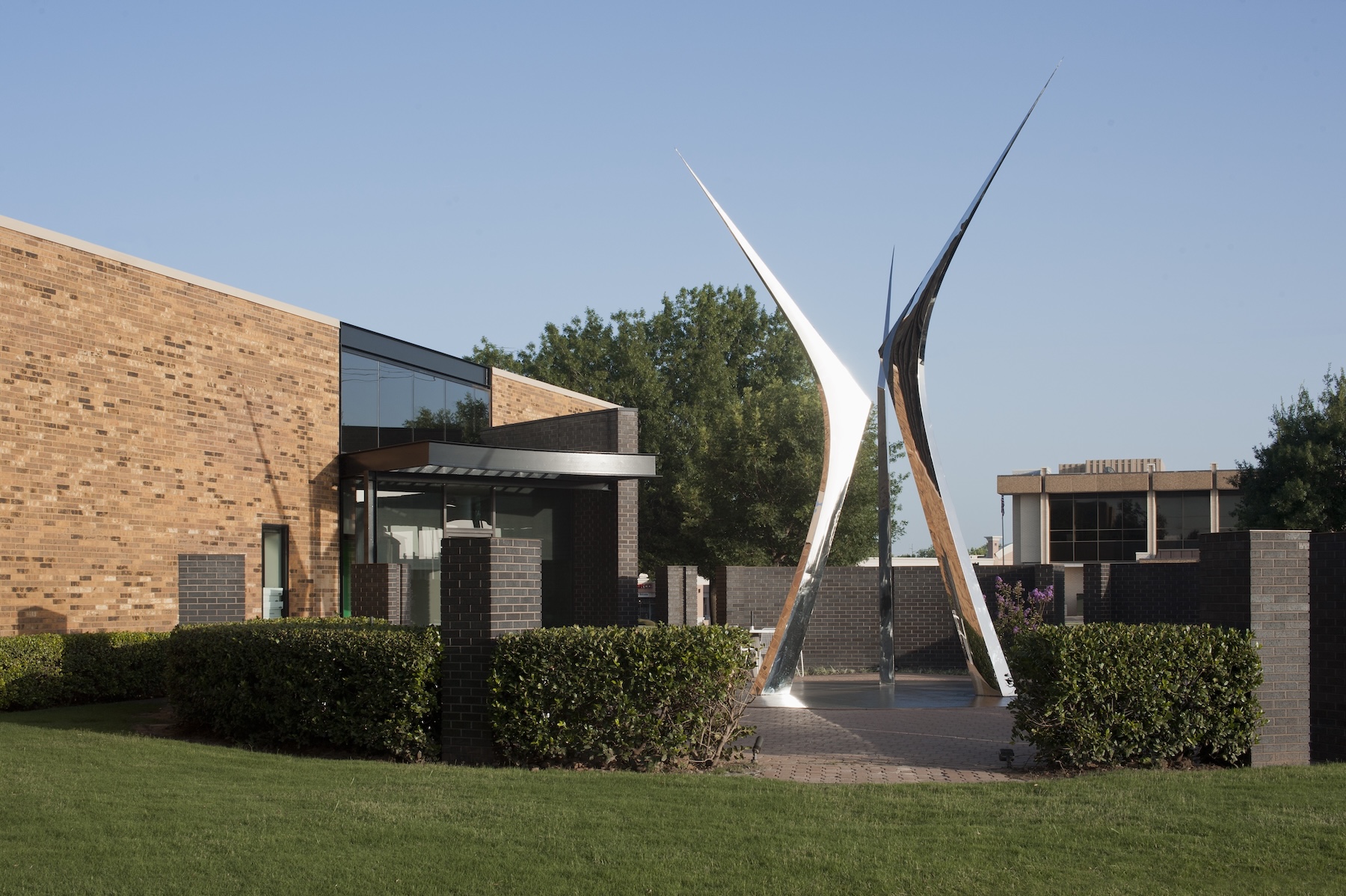
Craig M. Boelte, CPA
George Drew
, Kirkpatrick Bank
John D. Garrison, CPA
Christian K. Keesee, Kirkpatrick Family Fund
Elizabeth Mee Payne, J.D.
LaDonna Sinning, CPA
Trenton Stafford, Kirkpatrick Bank
David L. Sutter, Kirkpatrick Bank, retired
Christian K. Keesee, Chairman of the Board
George Drew, President & Chief Executive Officer
James A. Shane, Senior Executive Vice President & Chief Operating Officer
Trenton Stafford, Senior Executive Vice President, Chief Lending Officer
Kyle Powell, Executive Vice President, Head of Oklahoma Lending
Grace Meyer, Senior Vice President, Corporate Secretary
Blake Overland, Vice President & Chief Financial Officer
Michael Steppenbacker Colorado Market President & Head of Colorado Lending
Kirkpatrick Bank is not responsible for the product, service, or overall website content available at this third-party site. Our Privacy Policy does not apply to linked websites and you should consult the privacy disclosures on that site for further information.